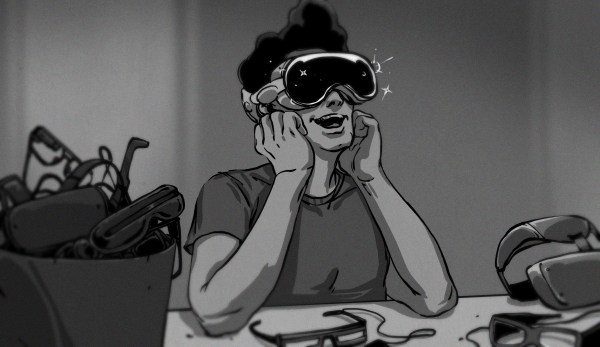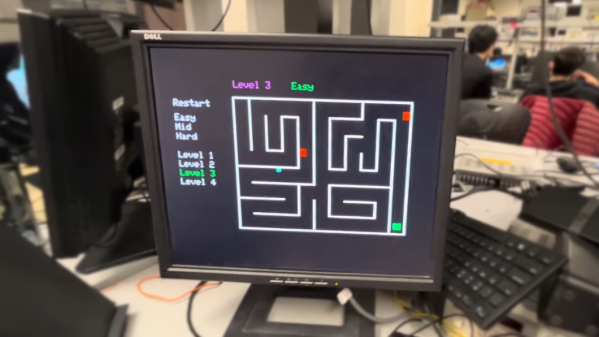If there’s one thing which probably unites all of Hackaday’s community, it’s a love of technology. We live to hear about the very latest developments before anyone else, and the chances are for a lot of them we’ll all have a pretty good idea how they work. But if there’s something which probably annoys a lot of us the most, it’s when we see a piece of new technology misused. A lot of us are open-source enthusiasts not because we’re averse to commercial profit, but because we’ve seen the effects of monopolistic practices distorting the market with their new technologies and making matters worse, not better. After all, if a new technology isn’t capable of making the world a better place in some way, what use is it?
It’s depressing then to watch the same cycle repeat itself over and over, to see new technologies used in the service of restrictive practices for short-term gain rather than to make better products. We probably all have examples of new high-tech products that are simply bad, that are new technology simply for the sake of marketing, and which ultimately deliver something worse than what came before, but with more bling. Perhaps the worst part is the powerlessness, watching gullible members of the public lapping up something shiny and new that you know to be flawed, and not being able to do anything about it.
Here at Hackaday though, perhaps there is something I can do about it. I don’t sit in any boardroom that matters but I do have here a soapbox on which to stand, and from it I can talk to you, people whose work takes you into many fascinating corners of the tech industry and elsewhere. If I think that new technologies are being used irresponsibly to create bad products, at least I can codify how that might be changed. So here are my four Rules For The Responsible Use Of New Technology, each with some examples. They should each be self-evident, and I hope you’ll agree with me. Continue reading “A Few Reasonable Rules For The Responsible Use Of New Technology”















